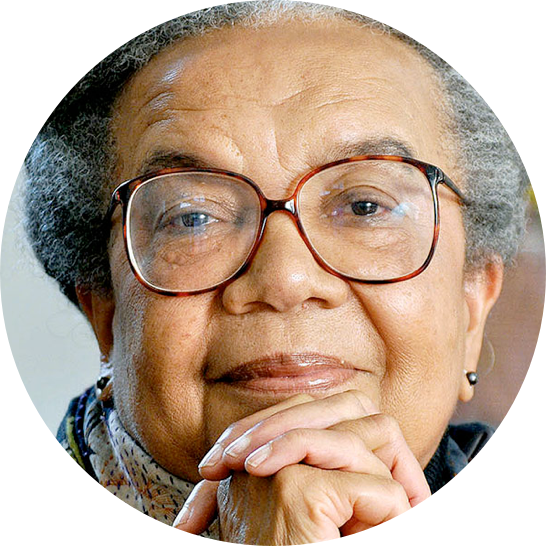This June, Massachusetts Governor Deval Patrick announced a visionary initiative to expand public education to include two years of free community college for every high school graduate in the state. He calls his plan a child-centered “cradle to career” approach to public education that begins before kindergarten and continues until young people join the workforce. It includes preschool for all children and an extended school day and school year. A commission of educators, legislators, and business and community leaders has been formed to convert this plan into reality by 2015. To support this plan, Governor Patrick has called for improved teacher certification, strengthening high school curricula, and more investment in high school education.
This fine educational initiative promises to transform the lives of a large segment of the state’s residents previously unable to fully participate in America’s economic and social mainstream. It offers a way out of the circumstances that have impeded them and a way up for many. The need for such a program is clearly indicated by the fact that 20,000 jobs in Massachusetts requiring a two-year degree are unfilled.
Community colleges are one of the unheralded jewels in our nation. Two-year colleges largely serve students who are struggling financially and academically, many of whom come from low-income minority families. These schools are also a bridge to inclusion for immigrants learning a new language and workers looking to develop new skills to pursue better career opportunities. A high school diploma is not enough in today’s economy. Community college not only provides greater opportunities for higher paying employment, but it is also a gateway to a four-year degree and graduate school.
With estimates that the plan may cost $1 billion with free community college costing between $50 and $75 million a year, skeptics who charge that the governor’s plan is an unaffordable experiment are wrong. Every dollar invested in this initiative will be returned many times over in the increased taxes paid over the lifetimes of a better educated and more affluent populace. The greater buying power of better educated workers will stimulate growth and attract industry to the state.
Although it is less expensive than four-year institutions, tuition at Massachusetts’ 15 community colleges costs an average of $3,477 a year compared to the national average of $2,272. Free tuition will make an enormous difference for many who still have to contend with the costs of housing, child care and transportation. Currently many students can only afford to attend a two-year college part-time, extending the length of time required to earn an associate’s degree. Free tuition will enable more students to attend full-time and join the workforce more quickly.
We need only look back at the monumental contribution that the G.I. Bill of Rights made to our nation by extending free post-secondary education to millions of veterans of World War II and the Korean War. The G.I. Bill provided free college, graduate, professional and vocational educations to men and women who went on to comprise America’s huge and prosperous post-war middle class. Many recipients of G.I. Bill benefits were the first in their families to attend college. At the onset, the President of Harvard University opposed opening our nation’s top universities to a class of people he didn’t consider to be “college material.” He was later to recant as this human investment became a powerful engine of economic development that made America the most prosperous nation in the world.
That prosperity differed from America’s Industrial Revolution and the Gilded Age of the 19th century when a thin upper crust of our society grew obscenely wealthy on the backs of exploited labor. The G.I. Bill provided millions of veterans, who were the sons and daughters of mill workers, miners and subsistence farmers, the opportunity to enjoy a higher standard of living that included homeownership, good schools for their children and the ability to afford college for the generation that followed.
Governor Patrick’s cradle to career plan including free community college holds much promise for those left behind. Many of the young people who take advantage of free community college will be resources to their communities. They will be better breadwinners and more able to provide financial stability for their families. More of them will be become homeowners, increasing community stability. That will make them better citizens and help reduce crime and incarceration. Governor Patrick deserves applause for this thoughtful and far-reaching proposal. I hope to applaud more governors soon for initiating similar programs.

